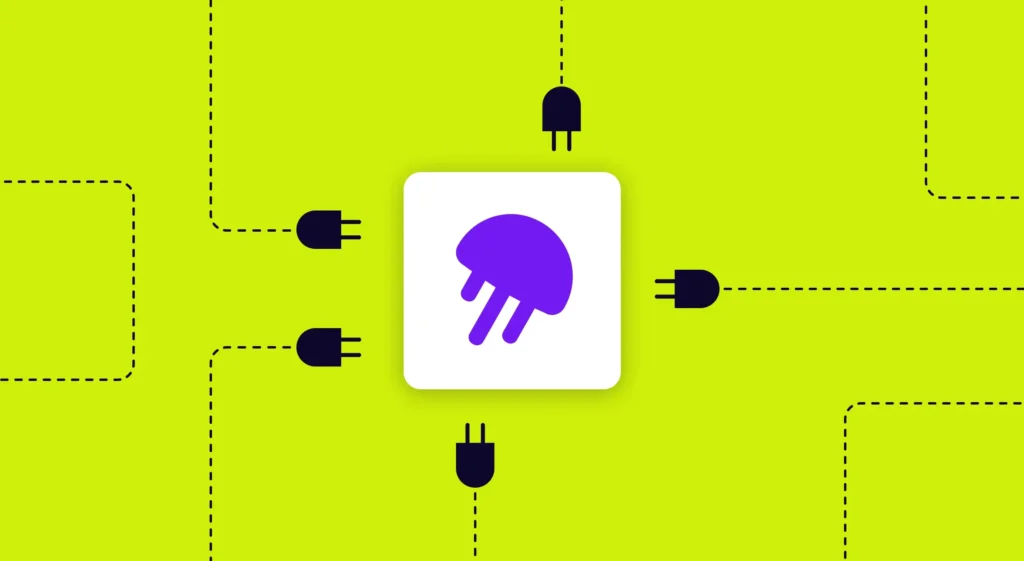What is Duplicated Code?
Duplicated code means repeating the same block of coding across multiple parts of a program. While reusing code may initially seem like an effective timesaver, this practice can usher in an assortment of negative drawbacks in the long run that undermine the efficiency and quality of the final software product.

Drawbacks of Duplicated Code
Duplication in programming can quickly snowball into a labyrinth of annoying issues. Whenever a defect becomes apparent or an improvement is needed, each instance of the duplicate code must be updated. This reality significantly boosts the probability of errors, making maintenance a tiresome chore while amplifying the labor and time overhead.
In software development, time is a priceless resource. Despite the initial perceived savings from code duplication, the extra resources allocated to debug, update, and maintain duplicated areas of code become gargantuan in the long term. The effort to track down and rectify bugs across multiple cloned segments of the application will significantly outnumber the time saved initially. This, in turn, robs development teams from focusing on delivering new features that drive value to the business.
The Consequences of Code Duplication
- Propagation of errors: If an error exists in a section of duplicate code, that error is mirrored wherever the code has been reused. Given how complex finding and squashing bugs can be, this duplication will significantly hike up both the complexity of debugging and the likelihood of subsequent faults arising from imperfectly executed fixes.
- Bloating of software’s size results in an unwieldy, tardy, and resource-intensive application that impacts user experience, especially on memory and storage-constrained devices.
- Increased difficulty in understanding a code base leads to setbacks for onboarded developers and reduced productivity in maintaining old code bases with little documentation.
Code duplication poses significant risks to software quality, maintainability, and scalability. It worsens codebase complexity, hampers debugging efforts, and slows down software performance, undermining developers’ efficiency. Therefore, it is crucial to promote the practice of writing clean, reusable, and modular code. This not only enhances software quality but also fosters a productive software development ecosystem.
How to Manage Code Duplication
Managing duplication begins by detecting its existence within the codebase. Advanced tools and methodologies can be used for detecting duplicated code. Examples include using static code analysis tools, leveraging software metrics, or even employing automated refactoring platforms. Techniques like pattern matching, code comparison, and hashing can also be implemented. Automation in this area adds tremendous value by reducing the manual effort in finding duplicated code patterns, thus allowing developers to focus on what matters – writing clean, efficient, and meaningful code.
The next stage in managing code duplication involves understanding the level of its occurrence. Here, it is vital to gauge whether the duplicated code is a result of redundancy or a call for module extraction. A simple duplicate code example would be having two methods that perform the same function differently. In this case, the best resolution would be to consolidate this duplication into a single, reusable method.
Necessity of Mitigation
Now, having identified and measured duplication, the final and most significant part is mitigating it. Mitigation strategies largely encompass refactoring the code – a process of modifying the existing code to improve its structure without changing the external behavior. This allows for creating more modular, reusable code that is easier to maintain, enhancing overall system scalability. It is worth noting, however, that not all duplicated code is detrimental. There are scenarios, often in test code, where duplications might be a necessary evil. The key lies in understanding and discerning vital duplications from detrimental ones.
As an example, let’s suppose we have two classes in a codebase performing the same function of summing numbers. These functions could be consolidated into a single reusable function or class to avoid code duplication.
As we can see, identifying and managing duplicated code is a vital yet intricate aspect of software engineering. It is an ongoing process, requiring conscious effort continuously. Reducing code duplication ensures the overall health of the code, leading to increased productivity, reduced error rates, and improved maintainability. Embracing these practices has the potential to deliver high-quality, error-free code that efficiently addresses the requirements of a project.






